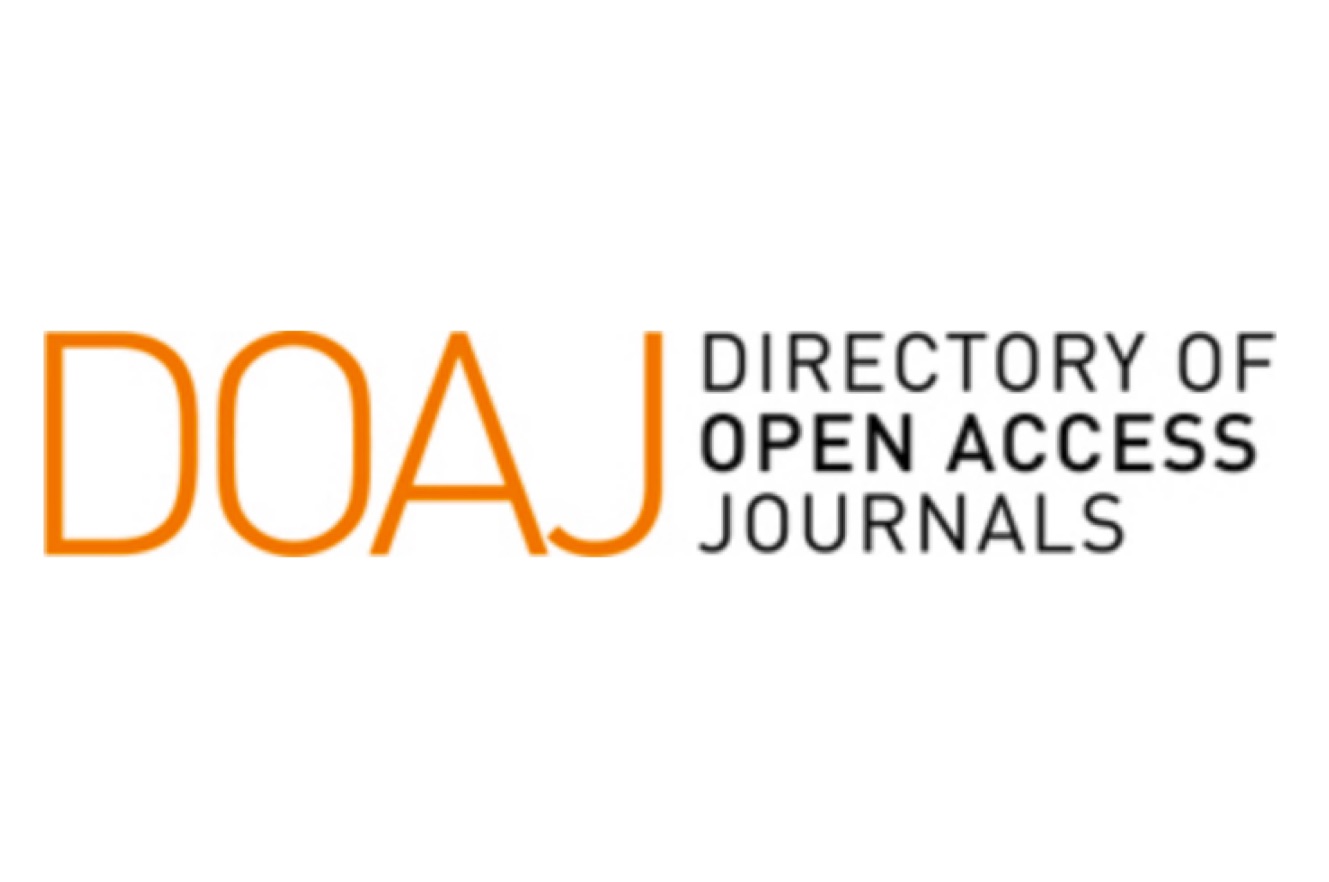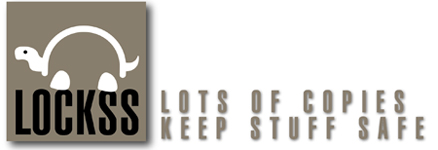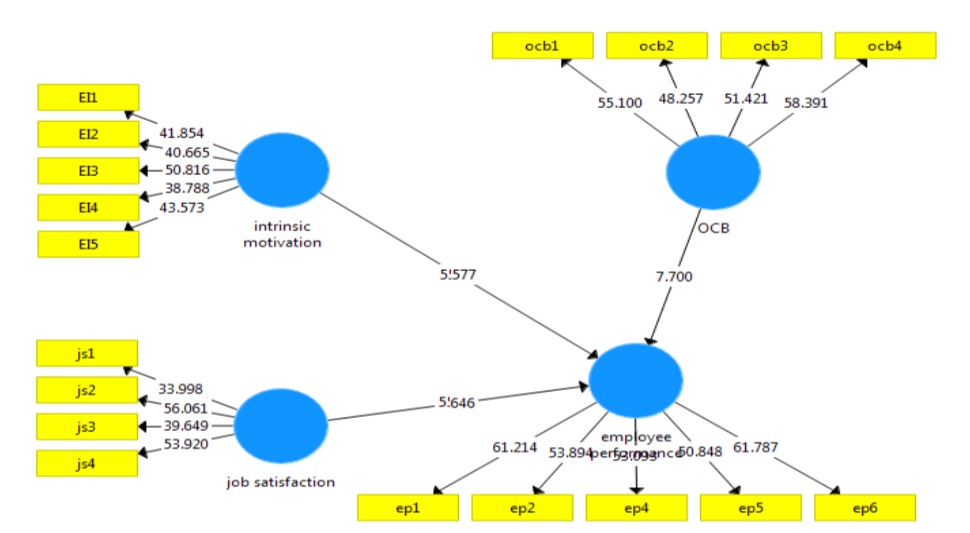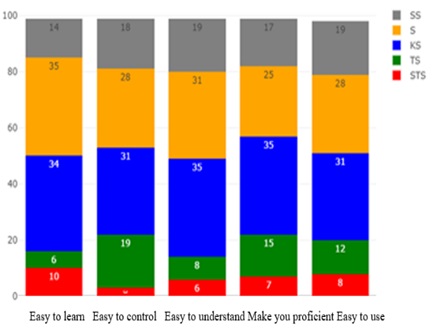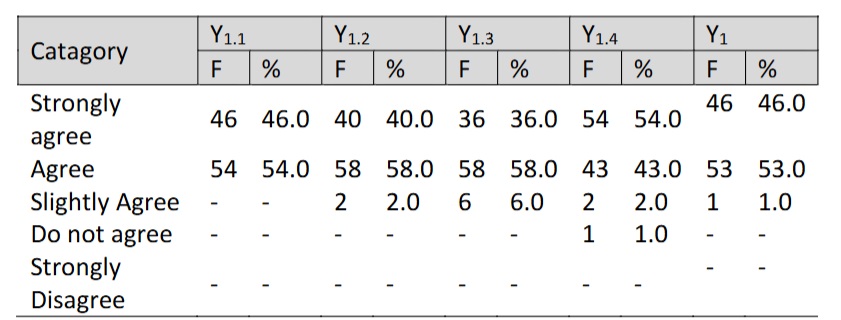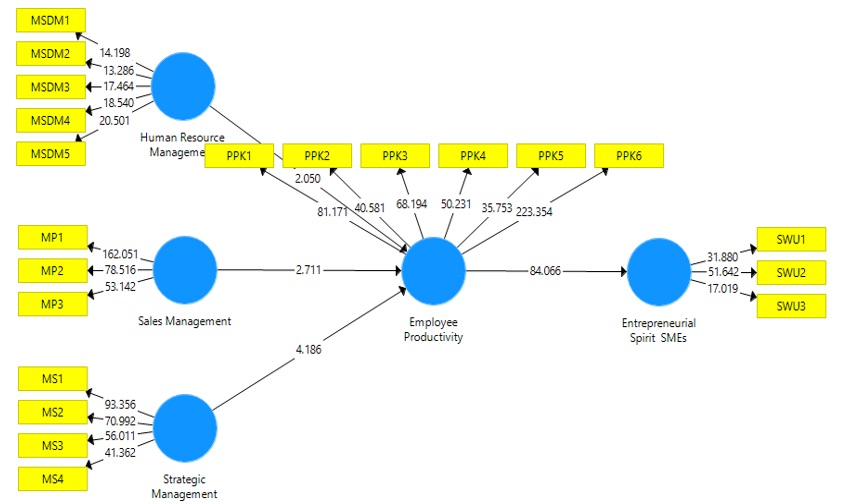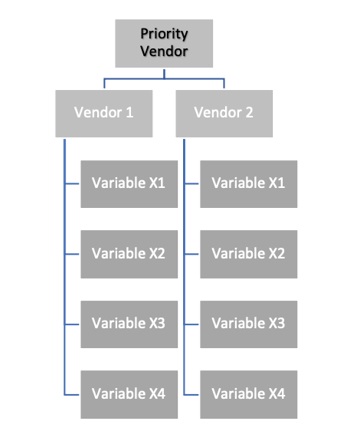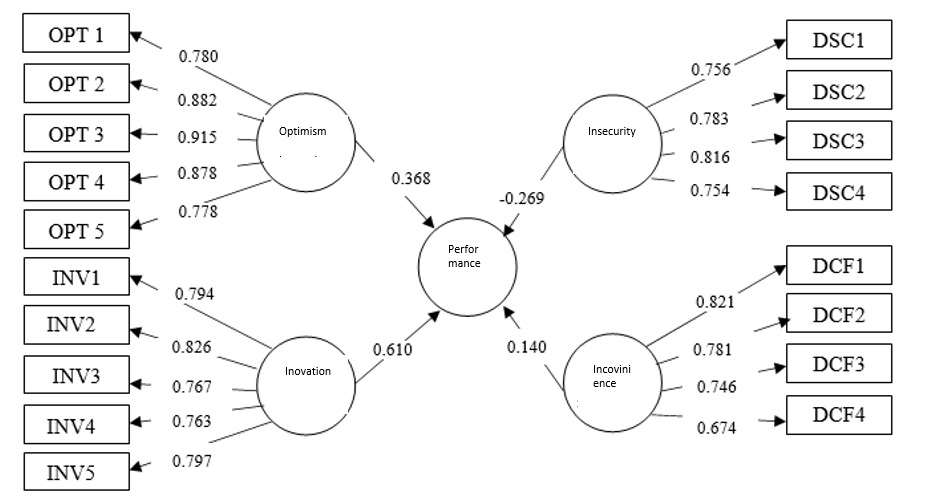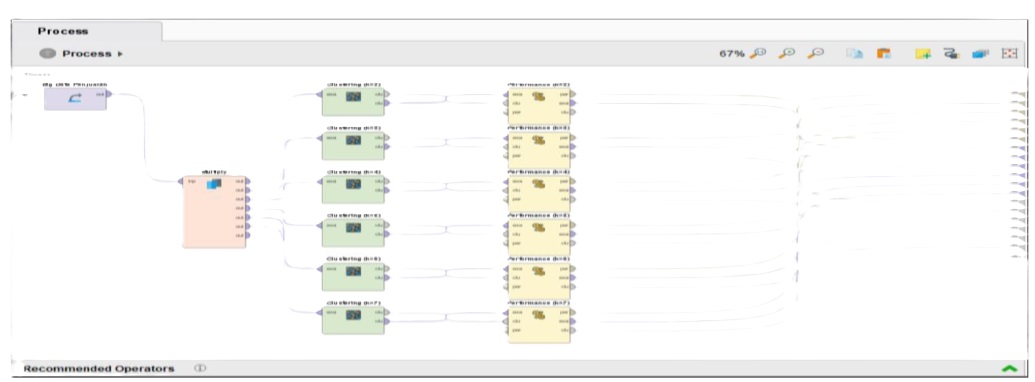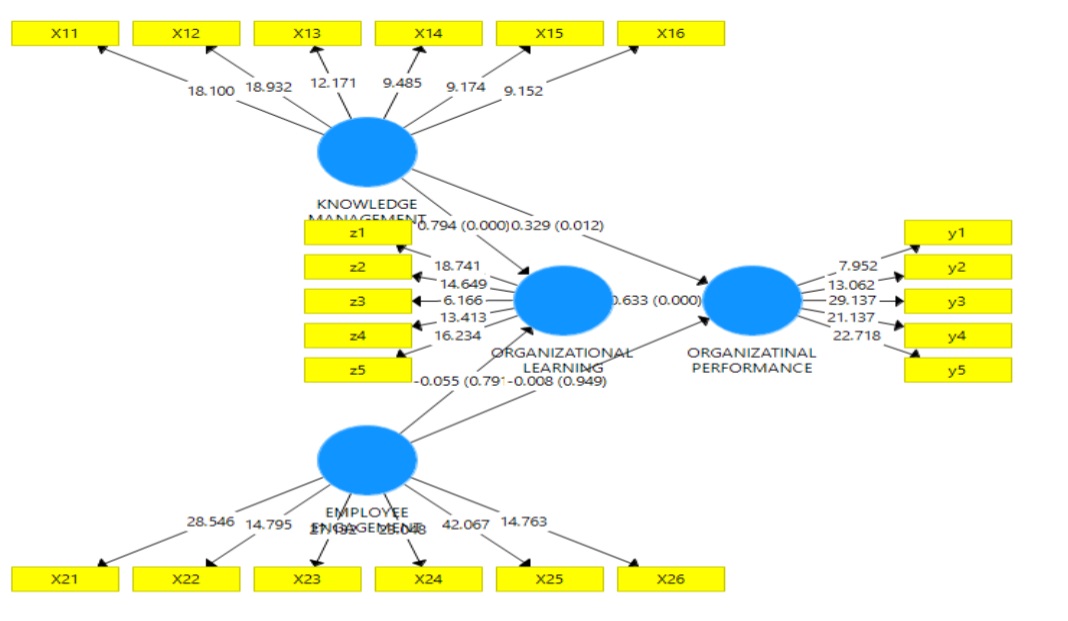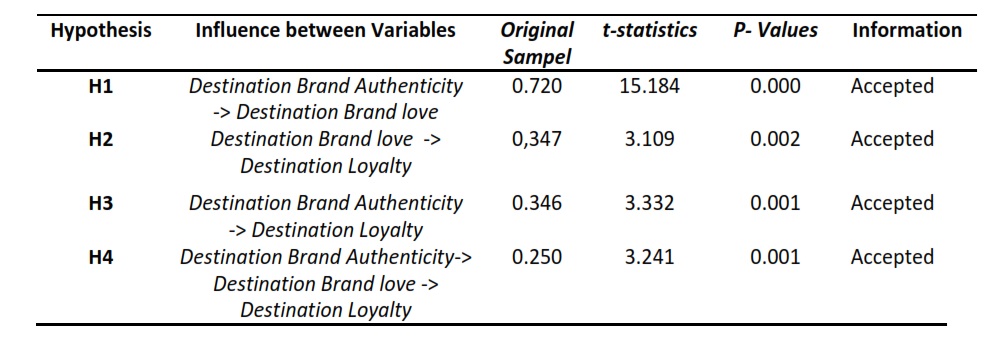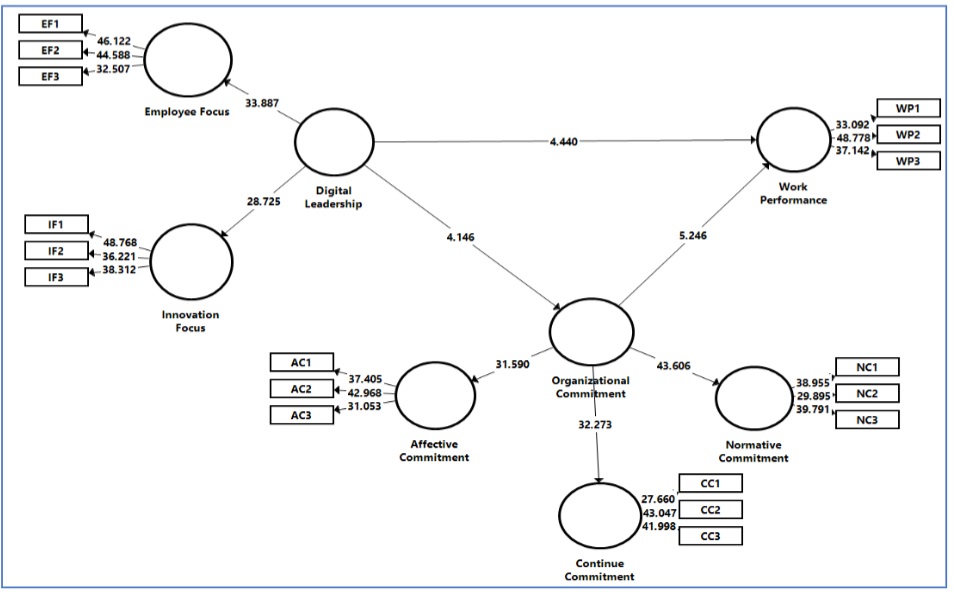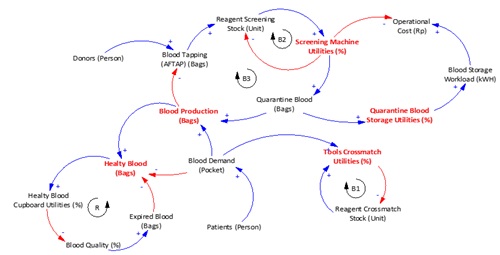SUPPLY CHAIN MANAGEMENT SUSTAINABILITY THROUGH THE PERFORMANCE IMPROVEMENT OF MTS-MTO PRODUCTION SYSTEM TYPOLOGY
Downloads
Batik has been acknowledged as a Masterpiece of Oral and Intangible Heritage of Humanity of Indonesia based on UNESCO in 2009 and this asset is considerably becoming the prospect to overcome global market in Asia. In the other side, the global competition can only be encountered by sustainably developing the internal industry. Therefore, this research elaborates sustainable supply chain performance assessment and also the improvement framework applied in Batik industry with MTO-MTS typology. For fulfilling the provisions of sustainability, the economic, environmental, and social is strictly important to be involved in. Supply Chain Operations Reference (SCOR) is a reference model of assessment considering five attributes to be measured and implemented as the perspective of economic assessment. Employee's welfare and liquid waste assessment are then becoming the method to measure the social and environmental aspect. This resulted score as: Reliability is 89.24%, Responsiveness for MTS is 96% for MTO is 62%, Cost is 83.32%, Agility is 100%, and the Assets Management is 79.63%. For the social aspect, the score of parameter Health Insurance is 100%, Safety Tools is 100%, Basic Allowance is 70%, Annual Allowance is 100%, Appropriate Work Hours is 67%, and the Reward is 70%. For the environmental aspect, the temperature is 100%, pH 62.0%, BOD 100%, COD 64.7%, and TSS 7.4%. The improvement framework is also proposed by using Customer Order Decoupling Point (CODP) that results the increased performance in the Responsiveness attribute in the MTO process as much as 8.25%.
Downloads
íƒ, C. A. S., Donk, D. P. Van, & Gaalman, G. (2004). Comparison of dynamic scheduling policies for hybrid make-to-order and make-to-stock production systems with stochastic demand, 104(2006), 441–453. doi:10.1016/j.ijpe.2004.08.002
Agan, Y., Kuzey, C., Acar, M., Acikgoz, A., 2014. The relationship between corporate social responsibility, environmental supplier development, and firm performance. Journal of Cleaner Production. 1-10.
Ala-Harja, H., & Helo, P. (2014). Green supply chain decisions – Case-based performance analysis from the food industry. Transportation Research Part E: Logistics and Transportation Review, 69, 97–107. doi:10.1016/j.tre.2014.05.015
Alexander, A., Walker, H., & Naim, M. (2014). Decision theory in sustainable supply chain management : a literature review. doi:10.1108/SCM-01-2014-0007
Altuntaş, C., & Tuna, O. (2013). Greening Logistics Centers: The Evolution of Industrial Buying Criteria Towards Green. The Asian Journal of Shipping and Logistics, 29(1), 59–80. doi:10.1016/j.ajsl.2013.05.004
APHA, 1998. Standard Methods for Examination of Water and Wastewater, 19th ed. American Public Health Association, Washington, DC.
Boukherroub, T., Ruiz, A., Guinet, A., & Fondrevelle, J. (2014). An integrated approach for sustainable supply chain planning. Computers & Operations Research. doi:10.1016/j.cor.2014.09.002
Carter, C.R. and Rogers, D.S. (2008), "A framework of sustainable supply chain management: moving toward new theory”, International Journal of Physical Distribution and Logistics Management, Vol. 38 No. 5, pp. 360-387.
Cesar, L., Carpinetti, R., & Devo, G. M. (2008). Int . J . Production Economics A fuzzy logic approach to supply chain performance management, 134(2011), 177–187. doi:10.1016/j.ijpe.2011.06.011
Chardine-baumann, E., & Botta-genoulaz, V. (2006). Computers & Industrial Engineering A framework for sustainable performance assessment of supply chain management practices. COMPUTERS & INDUSTRIAL ENGINEERING, 76(2014), 138–147. doi:10.1016/j.cie.2014.07.029
Chardine-Baumann, E., & Botta-Genoulaz, V. (2014). A Framework For Sustainable Performance Assessment Of Supply Chain Management Practices. Computers & Industrial Engineering, 76(2014), 138–147. doi:10.1016/j.cie.2014.07.029
Cooper, M., Lambert, D., & Pagh, J. (1997). Supply chain management: More than a new name for logistics. International Journal of Logistics Management, 8(1), 1–14.
Cruz, Jose M. 2009. The impact of corporate social responsibility in supply chain management: multicriteria decision-making approach. Decision Support Systems. 48 224-236.
Freeman, R.E., 1984. Strategic management: a stakeholder approach. Pitman, Boston.
George, Z., Kim, I., Springer, M., George, G., & Yu, Y. (2013). Int . J . Production Economics Dynamic pooling of make-to-stock and make-to-order operations. Intern. Journal of Production Economics, 144(1), 44–56. doi:10.1016/j.ijpe.2013.01.012
Gimenez, C. and Tachizawa, E.M. (2012), "Extending sustainability to suppliers: a systematic literature review”, Supply Chain Management: An International Journal, Vol. 17 No. 5, pp. 531-543.
Goll, I., Rasheed, A. A., 2004 The moderating effect of environmental munificence and dynamism on the relationship between discretionary social responsibility and firm performance. J. Bus. Ethics 49, 41e54.
Mangimbulude, J. C., Breukelen, B. M. Van, Krave, A. S., & Straalen, N. M. Van. (n.d.). Author ' s personal copy Seasonal dynamics in leachate hydrochemistry and natural attenuation in surface run-off water from a tropical landfill. doi:10.1016/j.wasman.2008.06.020
Hediger, W., 2010. Welfare and capital-theoritic foundations of corporate social responsibility and corporate sustainability. J. Socio-Econ. 39, 518-526
Hsueh, C. 2014. Improving corporate social responsibility in a supply chain through a new revenue sharing contract. Int. J. Production Economics. 151, 214-222.
Ihlen, O., 2008. Mapping the environment for corporate social responsibility: stakeholdrs, publics and the public sphere. Corp. Commun. An Int. J. 13, 35-146.
Kerkka, A. (2007). Determining semi-finished products to be stocked when changing the MTS-MTO policy : Case of a steel mill, 108, 111–118. doi:10.1016/j.ijpe.2006.12.006
Kt, S. (n.d.). A Study on Employees Welfare Facilities Adopted at Bosch Limited , Bangalore, 2(12), 7–11.
Leenders, M.R., Johnson, P.F., Flynn, A.E., Fearon, H.E., 2006. Purchasing and Supply Management, 13th edn. Irwin, Burr Ridge, IL.
Mangimbulude, J. C., Breukelen, B. M. Van, Krave, A. S., & Straalen, N. M. Van. (n.d.). Author ' s personal copy Seasonal dynamics in leachate hydrochemistry and natural attenuation in surface run-off water from a tropical landfill. doi:10.1016/j.wasman.2008.06.020
Mozes, M., Josman, Z, Z., Yaniv, E., 2011. Corporate social responsinbility organizational identification and motivation. Soc. Responsibili. J. 7 (2) 310-325.
Nations, U., & Assembly, G. (1987). No Title, 25.
Olhager, J. (2012). The Role of Decoupling Points in Value Chain Management. doi:10.1007/978-3-7908-2747-7
Palma-mendoza, J. A. (2012). International Journal of Information Management Analytical hierarchy process and SCOR model to support supply chain re-design. International Journal of Information Management, 34(5), 634–638. doi:10.1016/j.ijinfomgt.2014.06.002
Porter, M.E., Kramer, M.R., 2006. Strategy and society: the link between compe- titive advantage and corporate social responsibility. Harvard Business Review 84 (12), 78–92.
Rabbani, M., Bagherzadeh, N., & Rafiei, H. (n.d.). Calculating raw material and work-in-process inventories in MTO / MTS production.
Sawyer, J., Evans., 2010. An investigation into the social and environmental respsonsibility behaviours of regional small business in relation to their impact on the local community and immediate environment. Australas. J. Reg. Stud. 16, 253-265.
Soman, C. A., Donk, D. P. Van, & Gaalman, G. (2003). Combined make-to-order and make-to-stock in a food production system, 90(2004), 223–235.
Soman, C. A. íƒ., Donk, D. P. Van, & Gaalman, G. J. C. (2007). Capacitated planning and scheduling for combined make-to-order and make-to-stock production in the food industry : An illustrative case study, 108, 191–199. doi:10.1016/j.ijpe.2006.12.042
Sun, X. Y., Ji, P., Sun, L. Y., & Wang, Y. L. (2008). Positioning multiple decoupling points in a supply network, 113, 943–956. doi:10.1016/j.ijpe.2007.11.012
SCC (2000). Supply chain operations reference model, Cypress, Texas, USA: Supply Chain Council.
SCC (2008). Supply chain operations reference model, Cypress, Texas, USA: Supply Chain Council. Available on: http://supply-chain.org/.
Vachon, S., Klassen, R.D., 2006a. Extending green practices across the supply chain: the impact of upstream and downstream integration. International Journal of Operations and Production Management 26 (7), 795–821.
WCED (1987). Our common future. Oxford, United Kingdom: Oxford University Press.
Xiao, R., Cai, Z., & Zhang, X. (2009). An optimization approach to cycle quality network chain based on improved SCOR model. Progress in Natural Science, 19(7), 881–890. doi:10.1016/j.pnsc.2008.11.004
Zailani, S., Jeyaraman, K., Vengadasan, G., & Premkumar, R. (2012). Sustainable supply chain management (SSCM) in Malaysia: A survey. International Journal of Production Economics, 140(1), 330–340. doi:10.1016/j.ijpe.2012.02.008
JMIL Jurnal Manajemen Industri dan Logistik (Journal of Industrial and Logistics Management) is an Open Access Journal. The authors who publish the manuscript in JMIL Jurnal Manajemen Industri dan Logistik agree to the following terms:

JMIL Jurnal Manajemen Industri dan Logistik is licensed under a Creative Commons Attribution 4.0 International License. This permits anyone to copy, redistribute, remix, transmit and adapt the work provided the original work and source is appropriately cited.
This means:
(1) Under the CC-BY license, authors retain ownership of the copyright for their article, but authors grant others permission to use the content of publications in JMIL Jurnal Manajemen Industri dan Logistik in whole or in part provided that the original work is properly cited. Users (redistributors) of JMIL Jurnal Manajemen Industri dan Logistik are required to cite the original source, including the author's names, JMIL Jurnal Manajemen Industri dan Logistik as the initial source of publication, year of publication, volume number, issue, and Digital Object Identifier (DOI); (2) Authors grant JMIL Jurnal Manajemen Industri dan Logistik the right of first publication. Although authors remain the copyright owner.















